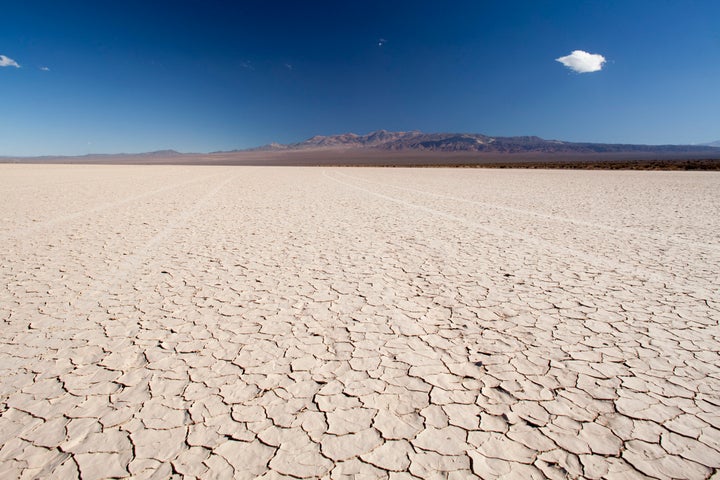The Earth’s oceanic crust has been getting ‘significantly’ thinner over time and is now at its thinnest point ever, according to a new study.
The oldest evidence that the team studied (crust from approximately 170 million years ago) in the Jurassic period, was one mile thicker than today’s equivalent.

Our planet looked very different millions of years ago: the continent formation that we are all so familiar with today was in fact nonexistent.
Instead there was one giant supercontinent, known as Pangea, that mostly lay in the Southern hemisphere and later split into Eurasia, North America, South America, Africa, and Australia.
It was during this time, about 170 million years ago, that the crust was much thicker than it is today, but after Pangea broke apart the earth’s interior started to cool down.
It is worth nothing that this cooling is entirely unrelated to short-term human-made climate change, according to the team at the University of Texas, and is instead a result of the earth’s interior being more exposed to the elements.
Lead author Harm Van Avendonk explained that the crust was acting as an ‘insulating blanket’ that has now disappeared: “When the continents started opening up, and the deeper mantle was exposed, more or less, to the atmosphere and the ocean, it [the earth] started cooling much faster.”
Since the break up of Pangea, the rate at which the mantle was cooling has increased from between six and eleven degrees celcius every 100 million years to fifteen to twenty degrees every 100 million years.
It is this cooling that is causing the mantle to become much thinner over time.
Although this phenomenon of cooling doesn’t influence the climate on the surface of the earth, the trend of thinning is important for humans because it is changing the way plate tectonics affects events on the surface.
Of course, plates, and their faults (such as the 800-mile-long San Andreas fault in California) are what cause devastating earthquakes.
